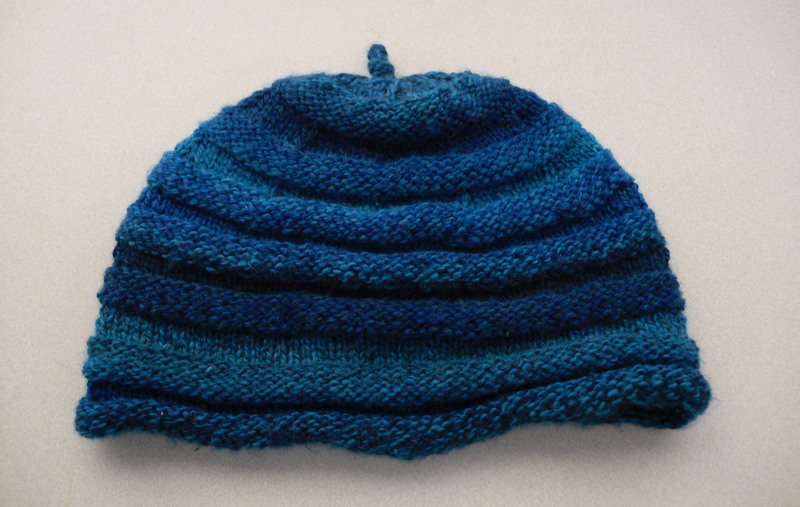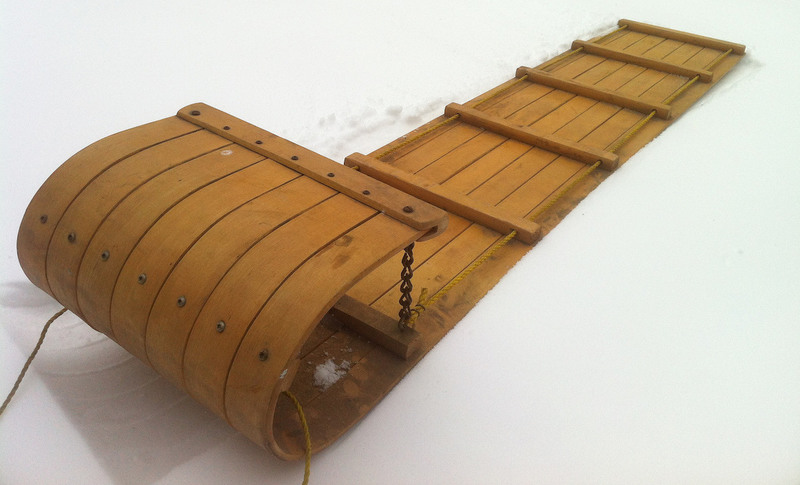
When you hear the word toboggan, you might think of a long, flat sled popular throughout Canada, northern Europe, and the upper reaches of the United States. Or, if you’re from the American South, you might picture a knit hat worn in the cold.
Most subscribers to one definition likely don’t realize the other exists.But this is no isolated case of regional discrepancy. “Toboggan” is one of a vast array of words used to describe a knit hat.
The divergence between the two forms of toboggan is relatively easy to track: the use of “toboggan” to mean “sled” dates back to 1829, a French-Canadian adaption of an Algonquian word. Because of the freezing conditions, toboggan riders often wore knit hats to keep warm. These hats soon became known as “toboggan hats,” but since at least 1929, that second word has been dropped. In the American South, where snow is rare, the connection between “toboggan” and “sled” faded, and the primary definition of “toboggan” thus became the hat. In fact, some Americans might be shocked to learn that toboggans are also sleds.
The history of these regional names for knit hats, however, begins much earlier.

The modern knit hat appears to trace its origins to the Welsh town of Monmouth, whose proximity to Archenfield—a popular wool-producing town—made it a natural knitting hub. Monmouth’s most beloved knitted product? A round hat topped with a “button.”
During the 15th and 16th centuries, the Monmouth cap achieved ubiquity throughout Europe.
According to A Short History of the Monmouth Cap, “capmaking so flourished under the Tudors that cappers came to occupy such municipal posts as bailiff, burgess, and juror.” In fact, a 1571 English statute required that “all [males] above the age of six years … wear upon the Sabbath and Holydays, one cap of wool knit, thicked and dressed…The post What Do You Call This Hat? appeared first on FeedBox.